FRF Appoints Chief Drug Development Officer, Dr. Gai Ayalon
The FOXG1 Research Foundation announces the appointment of Dr. Gai Ayalon as the Chief Drug Development Officer..
Dr. Ayalon is a distinguished neuroscientist and drug developer, who over many years led teams and spearheaded drug development programs for neurological diseases including rare neurodevelopmental disorders, spanning the discovery, translation and clinical phases. He joins our foundation at a critical and pivotal juncture as we enter Phase Four on our Path to a Cure, taking programs through safety studies and clinical trials.
CareTalk Podcast: Why Rare Disease Research is SO Important
In the CareTalk episode, “Why Rare Disease Research is So Important” Co-host, David Williams is joined by Nasha Fitter, CEO of FOXG1 Research Foundation, which is dedicated to finding a cure for FOXG1 Syndrome and Vice President of RWE and Ciitizen Platform at Invitae, to shed light on the importance of rare disease research, the challenges it faces, and the promising developments in this field.
The Rare Disease Crusaders
I joined Ciitizen and initiated our entry into neurological diseases because I am both passionate and desperate to find an answer for my daughter. At Ciitizen, we’re creating a platform where medical records are collected on behalf of each patient, then automatically digitized into the computational data we need. From there, sophisticated machine learning technology is used to extract clinical data in order to create regulatory-grade Natural History Studies that do not require exorbitant amounts of time, energy, or money. Patient reported outcomes can then be added by us parents.
More importantly, this database of computational data we’re creating will be accessible and open to all patients, parents, caregivers, clinicians, academics, and biopharma researchers. Our goal is to eliminate the slow, manual, and expensive processes that we currently use to collect information and use the best technologies to be quick, cost-effective and more accurate when it comes to developing research.

